The Maya civilization was formed by Mesoamerican people called the Maya, and existed from 2000 BC to 1539.
The Maya came from northern Mexico to settle in Central America and had a wide and varied culture. There are many artifacts and buildings which remain from this time, proving that the Maya were skilled builders and craftsmen.
They developed their own writing systems and built beautiful cities such as Palenque and Tikal. They have left behind evidence of agriculture and food, art, culture, language, and religion. Evidence of their religion can be seen from their many temples and religious myths.
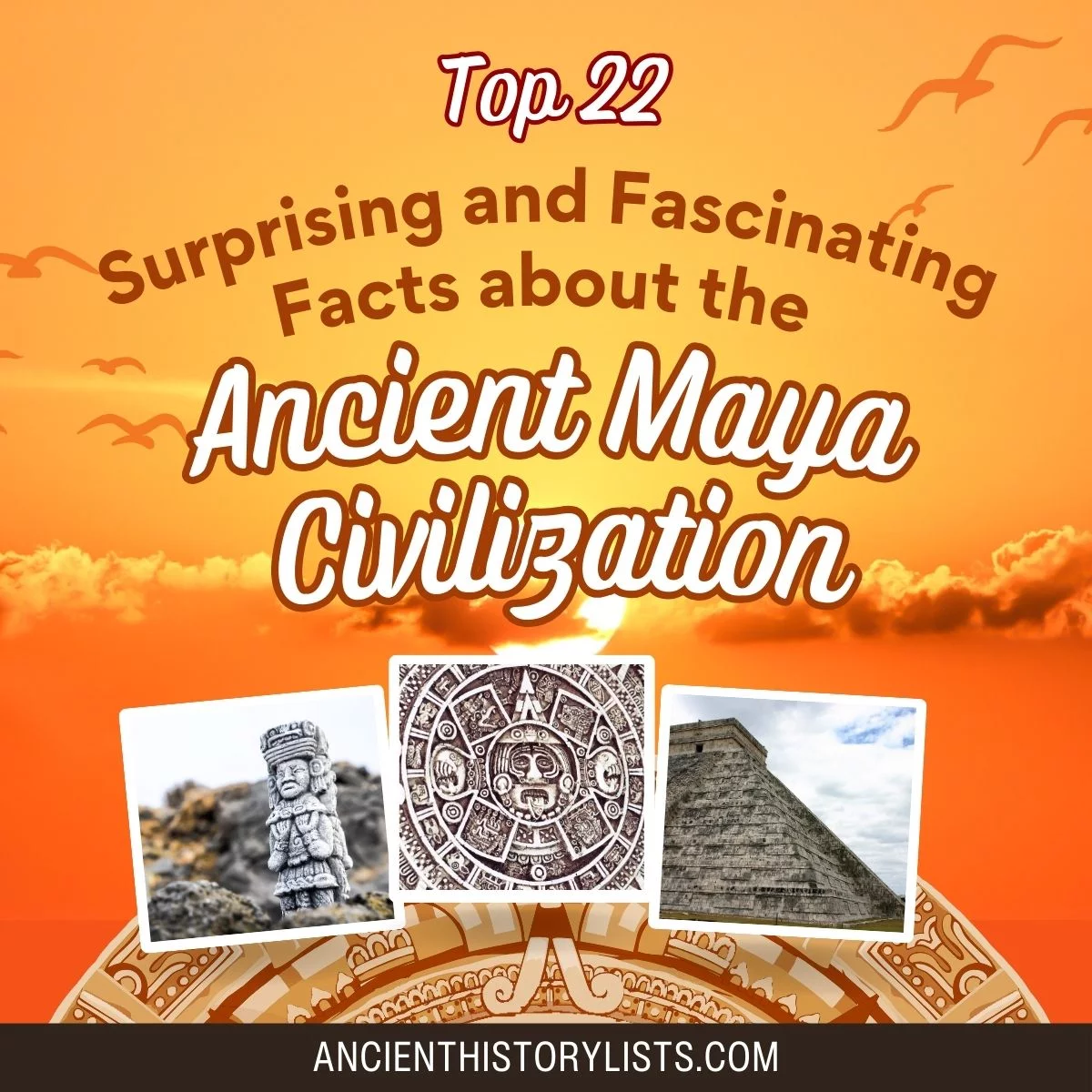
The civilization had three distinct periods: Preclassic, Classic, and Postclassic. The evolution of the Maya people from simple farmers to merchants was not an easy one, but by the end of the Postclassic period, their civilization was flourishing and they were trading freely with other Mesoamerican people of central Mexico.
Here are the top 22 most fascinating facts and myths about the Mayan civilization:
1. Magic of Maya Healers
Maya healers, or doctors, were called shamans, and they performed cleansing rituals and prayers as part of the healing process. They conducted fire ceremonies and knew how to use medicinal plants to cure disease. This gave them special importance among the people.
They mainly lived in remote caves, and people who needed treatment would have to travel a long way to reach them. The Maya considered healing as a way to keep the spirit alive.
2. Invention and Astronomy
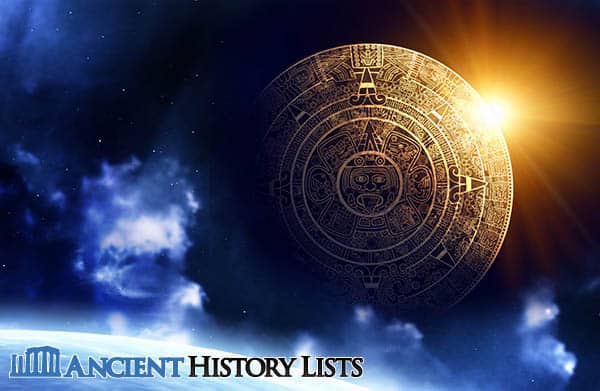
The significance of the Maya must not be underestimated, and they introduced ideas which are still central to our lives today. They calculated that there were 365 days in a year, and their calculations were only slightly different from those of today.
They created a calendar called the Haab and built their temples according to the positions of the moon and other celestial bodies. They believed that the gods had made the sun and moon as messengers, so before anything else, they looked to these celestial bodies for direction.
They also believed that the cycles of nature were repeated because humans had originally ignored the gods when they told them about the world. They thought that every 52 years there would be a cycle of destruction.
3. The Story of the Aluxes
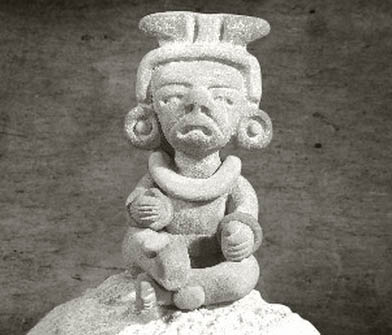
Aluxes are tiny Maya sculptures made from clay or wood. The Maya believed in magic, and these aluxes were thought to protect people’s lands, crops, and animals. The aluxes were taken deep into the forest where they were placed in hidden spots, and it was said that they would come to life during the night to protect the land.
They performed the alux ritual by sacrificing nine drops of the owner’s blood and offering up prayers. After several years of protection, the aluxes had to be set free or they would harm the owner’s family. These beliefs were passed down through the generations.
4. The Underworld
The Maya thought that the earth sat somewhere between heaven and hell, and they called the realm beneath the earth Xibalba. It is said that there were around nine layers beneath and 13 layers above and that the three main realms were held up by a giant tree with its roots in hell and its branches in heaven. The people believed that caves were the gateways to the underworld, and most of their rituals and sacrifices were performed inside them.
5. The Dwarf of Uxmal
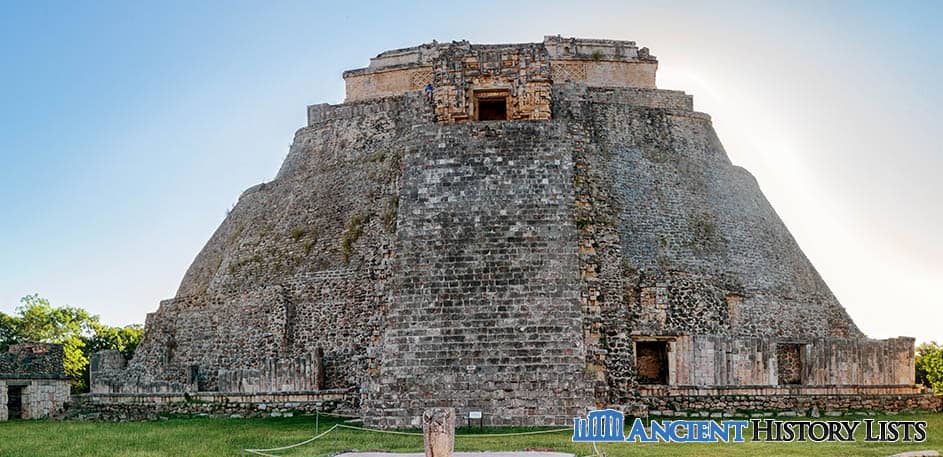
The temple at Uxmal was said to have been created by a mythical dwarf king for his mother; it is also known as “the house of the elderly mother.” The mother of this dwarf king was an oracle, but she had no children.
She prayed for a large turtle’s shell, and the dwarf was born from it. A prophecy said that this dwarf would become king. This angered the king and he set the dwarf three tasks which he successfully completed. When the old king died, the prophecy came true.
6. Chichen Itza
Chichen Itza means “mouth of the well of the Itza” and it was one of the largest Maya cities and an important trading and farming hub. Its position was determined by the sun and moon as the Maya believed that each building had to have its own symbolic orientation. Chichen Itza has been very well preserved and named as one of the New Seven Wonders of the World.
7. The Origin of the World
Every ancient civilization had its own theory on the origin of the world, and the Maya believed it was created by the gods Tepeu and Gucematz. These gods were depicted as blue and green feathered spirits surrounded by darkness, and they created the world around them.
The Maya were so attuned to nature that they assigned animal-like characteristics to their gods, and they also thought that each universe had its own respective gods.
8. Geography
The Maya believed that the earth was flat, had four corners and that the Bacabs, or brother gods, stood at each corner holding up the sky to prevent it from falling on the earth. The center of the earth was green in color, and each corner had a color to represent it.
9. Life on Earth
The Maya believed that the gods created the earth and then made humans from wet clay to populate it. The gods tried many times to create the perfect human and even brought about a great flood in an attempt to start over.
A few humans survived and gave thanks to the gods for saving them. The Maya also believed that the gods created women as companions to men. These stories are very similar to the stories of the Bible, the only significant difference being that instead of Adam and Eve, the Maya believed there were eight original people: four men and four women.
10. Human Sacrifice
This is one of this most sacred Mayan rituals and was supposed to be a joyful sacrifice to feed the gods. At first, only the high born were sacrificed because of their pure blood; the lower classes were appointed to carry out the sacrifice. Later, the victims were criminals and orphans.
The Maya employed various methods of sacrifice such as death by bow and arrow or throwing the victims into pits. The sacrifices were often performed in caves, and there are pictures carved on the walls that describe how these sacred rituals were performed.
They not only offered sacrificial blood but sometimes body parts too. In one Yaxchilan temple, there are stone lintels which show a god taking the blood of the sacrifice. Human sacrifice persisted right up until the fall of the civilization.
11. The Sacred Tree
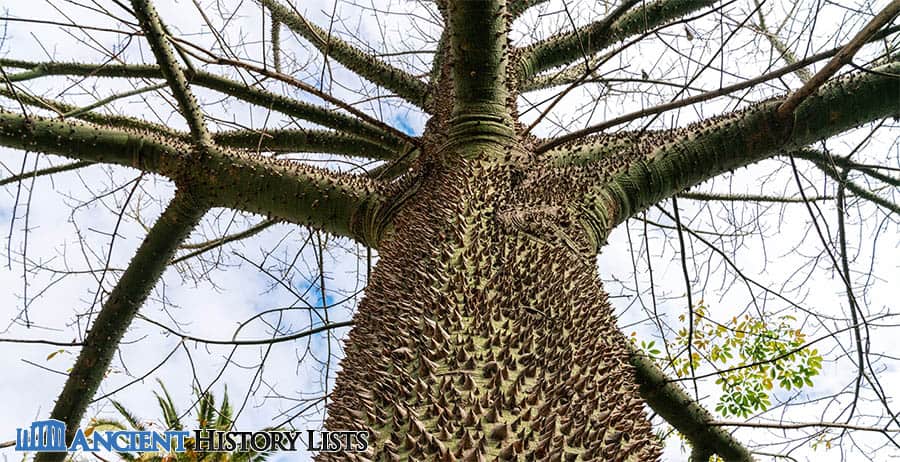
The ceiba, or ya’axche, tree was sacred and thought to represent heaven, earth, and hell, providing a means of communication between these three levels. It symbolized immortality, strength, wisdom, protection, wealth, and beauty and was similar to the biblical tree of knowledge.
The ceiba tree is huge and has thorns on its trunk, but the fruit is very sweet. Since the trunks and branches represented heaven, it was believed to be a source of good health to the people.
12. Messengers of God
Mayan priests were sacred and powerful. The people believed whatever they said as they were thought to be the messengers of the gods. They were well educated and served as teachers themselves. They conducted most religious ceremonies and were consulted on celestial events such as the weather and eclipses.
The king was the only person with more power than the priest. He was thought to have been appointed by the gods and therefore in possession of special powers. The role of the king was to promote peace and create wealth. After the king and the priests, the next most important members of society were high-ranking farmers and merchants, then commoners and finally slaves.
13. Chocolate Making
The people of Mesoamerica were the first in the world to master the art of chocolate production, taking the process to a whole new level. Archeological evidence in Guatemala showing the chemical signatures of cacao proves that the Maya were able to process cacao more than 2,600 years ago.
They used chocolate mainly as a drink by mixing water, cacao, chili peppers, honey, cornmeal, and other ingredients to make a tasty, frothy drink. Mayan art and hieroglyphs tell us that drinking cacao was an important ritual during celebrations and ceremonies.
An image from the Mayan book, the Dresden Codex, even shows K’awil, the god of sustenance, holding a vessel full of cacao beans.
14. Complex Hieroglyphs
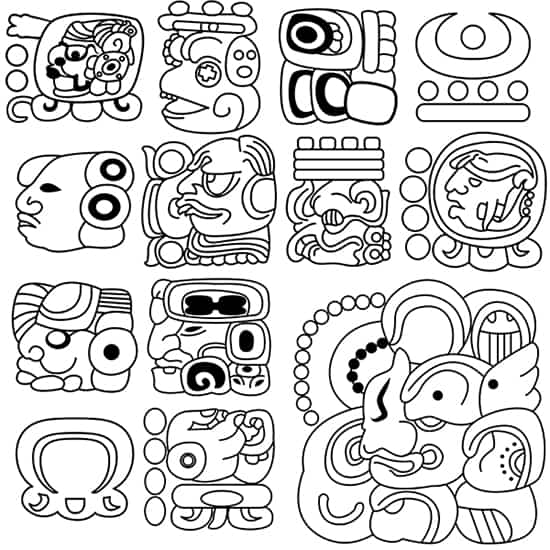
The Maya were the first to introduce a comprehensive system of writing, and these glyphs have been preserved on monuments, buildings, stones, books, and pottery. Many of these writings were from the Preclassic period which dates from 300 BC to 100 BC.
The words that the Maya used were constructed from various combinations of hundreds of hieroglyphs, and every single syllable had its own meaning. They used these hieroglyphs to record their lifestyle, rituals, important events, and details about their culture and festivals. These hieroglyphs were considered to be one of the most sophisticated languages in Mesoamerica.
Deciphering the Glyphs
In the early 20th century, a Siberian-born American archeologist named Tatiana Proskouriakoff was invited to take part in an expedition to a Mayan archeological site. Once there, she began to study Mayan glyphs and soon established herself as an expert in the field of deciphering this ancient writing.
She wrote a paper in the 1960s about the lifestyle of the Maya which became famous overnight. She identified several glyphs such as “upended frog” and “toothache.” The symbols she deciphered allowed her to uncover valuable information such as Mayan birth and death records and the names of Mayan rulers.
15. Discovery of Mayan Cities and Pyramids
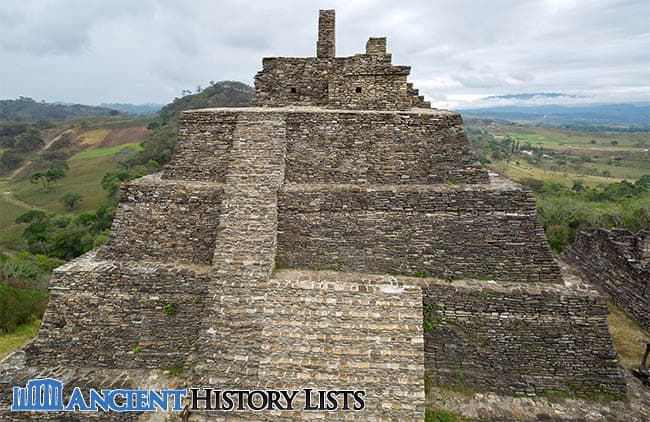
It is intriguing that we are still uncovering Mayan cities and pyramids to this day. Only a few years ago, a 1,000-year-old pyramid was discovered at Tonina in Mexico, hidden beneath a hill which had always been presumed to be natural.
This newly discovered pyramid was Mexico’s tallest pyramid at a height of 246 feet (75 meters). Two more cities were uncovered from beneath thick vegetation near Campeche, also in Mexico. According to archeologists, there are still several cities and pyramids which remain hidden in the area and are covered with jungle.
16. Mayan Books Destroyed by Europeans
The Maya wrote books using hieroglyphs on a durable paper made from the inner bark of the fig tree. Only three of these books still exist: the Dresden Codex, the Madrid Codex, and the Paris Codex.
Another book called the Grolier Codex was also found but has since been judged inauthentic. Many books were lost to the damp climate, while others were destroyed with the arrival of European invaders.
17. Beauty and Makeup
The Maya not only studied in the fields of mathematics, chocolate making and writing, but they also invented techniques to make themselves more beautiful. They used clothes and makeup to improve their appearances, and in the early part of the era, boys and girls had their heads bound to alter the shape of their skulls and denote their social status.
The Maya also drilled holes in their front teeth to enable them to wear jewels made of pyrite, jade, hematite, and other turquoise-colored stones.
18. The Enema
The Maya were no strangers to intoxication, and there is evidence that they regularly took drugs and consumed alcohol. One such substance was balché, which was made of fermented honey and had psychedelic properties.
To avoid vomiting, and to get drunk more quickly, they took drugs and alcohol rectally. These and many other rituals are well documented in Mayan books and other writings.
19. Blue Was Their Favorite Color
The Maya used a rich blue color known as “Maya blue.” It was an incredibly resilient color and has survived for centuries on monuments, stones, and the walls of buildings, even in the harsh conditions of the Mesoamerican jungle. But this vibrant blue color was also used in human sacrifice, and the Maya painted their victims blue because the color was associated with the rain god Chaak to whom they were making the sacrifice.
20. Steam Baths
The Maya built bathtub-like structures from stone which were used for health and cleansing purposes, and they also built heated stone structures called sweat houses. These have been uncovered in Guatemala and Joya de Céren in El Salvador, having previously been covered with volcanic ash.
21. Sports and Games
The Maya were familiar with extreme sports and games, one such game being a ball game known as pitz. Players had to pass a heavy rubber ball to each other without using their hands. The ultimate goal was to pass the ball through a circular band of stone.
Players wore protection on their arms, knees, ribs, and genitals. Although this game was entertaining, it was not simply a pastime. Pitz was an important ritual and losing the game could result in human sacrifice.
22. Domesticated Turkeys
The Maya were the first to domesticate the turkey. They used the turkey mainly for meat, but the bones and feathers were also put to use in making fans, tools, toys, and musical instruments.
Archeological evidence of turkey remains in El Mirador near Guatemala proves that the animal was domesticated as it is not native to this region.
Conclusion
The Maya were an intelligent people with strong customs and religious beliefs. They had a good system of writing and were able to track time through the invention of the calendar.
Many examples of Mayan architecture still exist, and these buildings have helped us to learn much about this ancient civilization such as their belief in myths and their knowledge of astronomy.
Most of the old myths were passed on from generation to generation and were all closely linked to religion. Although some glyphs still survive within their temples, many documents were lost when the Spanish invaded.
The Mayan civilization came to an end in 1539 around the time the Spanish invaded, although the nature of their decline is still not clear. It is thought that they may have been wiped out by some sort of natural disaster.
After 1930, the pace of discovery increased dramatically as we were able to understand the meaning of their hieroglyphs. More and more information is being discovered about the Maya, but many sites are still covered with dense jungle, and the limestone used in their buildings and monuments has become badly eroded. This makes it a slow and laborious process.